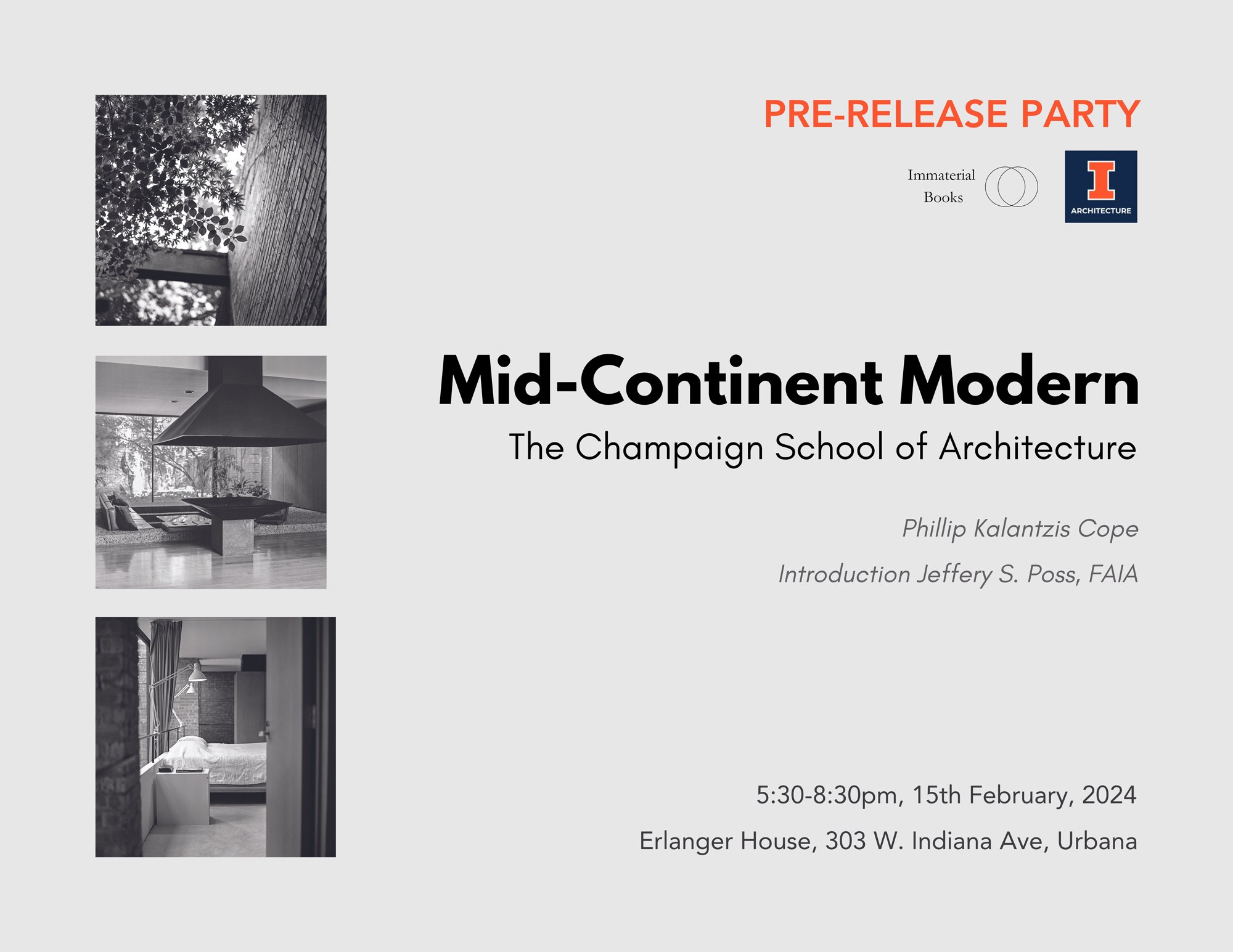
Mid-Continent Modern
Mid-Continent Modern: The Champaign School of Architecture
This project documents the contributions of architects Jack Sherman Baker, John Gordon Replinger, A. Richard Williams, Robert Louis Amico, and Jeffery S. Poss to the Midwest's built environment. All were keenly aware of the prairie landscape of Central Illinois, its vast vistas, and the prismatic forms of houses, barns, and granaries that punctuate the horizon. We tell the story of their work, the "Champaign School of Mid-Century Architecture," and the people who continue to live, use, and care for these buildings.
"The striking images in this book depict distinctive buildings from the heartland of the North American continent. The book’s title was inspired by architect/educator A. Richard Williams, who used the expression ‘mid-continent’ to describe landscapes and living spaces around the “… Midwest prairie. The Great Lakes … the center of the freshwater world.” Mid-Continent Modern is characterized by its formal simplicity, functional pragmatism, unaffected dignity, and thoughtful detailing. It is an architecture that is modern in character yet embedded sensitively into the natural world and in dialogue with the regional building vernacular. These ideas are well represented through the work of four architects teaching and practicing in Central Illinois in the mid-20th Century."
Jeffery S. Poss, FAIA
Architectural photography is a genre unto its own. Characterized by symmetry, the straight lines of formal perspective control, and specialized lenses, the aim is to tell a comprehensive story about buildings or built environments. Often, the images are taken when the object is in its most pristine form, directed towards modes of documentation that walk a tightrope between fine art and the commercial interests of clients, builders, or architects. These images play a central role in the mythmaking of the built environment, prominent architects, and the cultural objects that constitute their legacy.
Modernism is often seen with a kind of functionalism. As a philosophical paradigm, modernism vehemently opposes ornament, adhering to the principle that form should follow function. It venerates minimalism and dares to push the boundaries of technology into the realm of aesthetics. A deeply historical stance in itself, modernism envisions an alternative way of life, one that stands in stark contrast to the ideologies of ethno-nationalism and fascism, it resolutely rejects the overly simplistic and idealized narratives that fanned the flames of social divisions culminating in the devastating conflicts of World War II during modernism’s own era. In the places of everyday living, worship, learning, justice, and reflection pictured in this book, I found poignantly different ways of seeing architecture and modernism. Individually and in their totality, the story of these buildings could not be told in standard architectural images. Nor do the buildings pictured here resonate with accounts of modernism that characterize the movement as oppositional to nature in its technological drive,non-personal in its emphases of function over form, and de-contextualized by a universalism that supersedes the particularity of ornament.
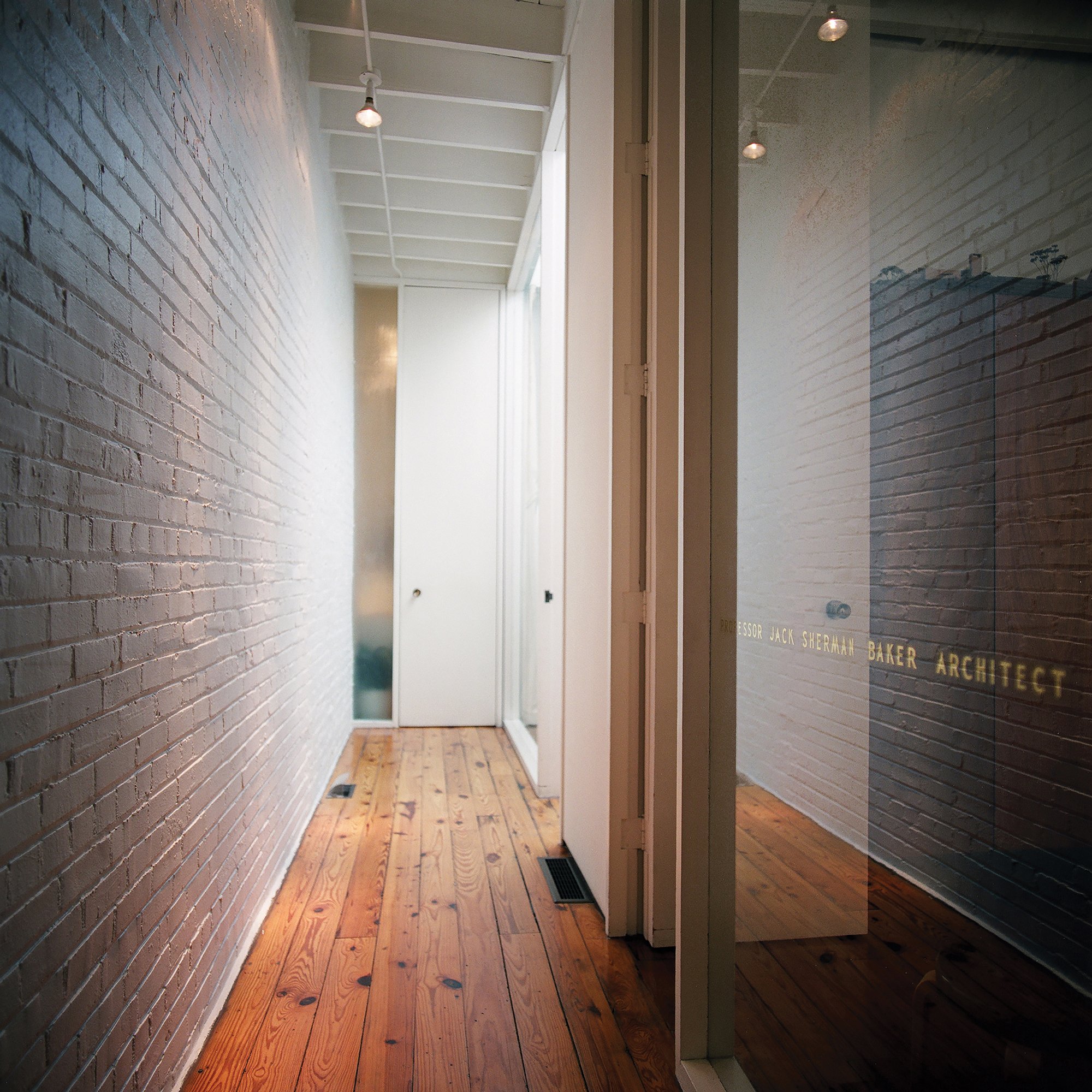
Baker Studio & Residence, Champaign Illinois, 1958-63 (Jack S. Baker, FAIA)

Baker Studio & Residence, Champaign Illinois, 1958-63 (Jack S. Baker, FAIA)

Baker Studio & Residence, Champaign Illinois, 1958-63 (Jack S. Baker, FAIA)

Baker Studio & Residence, Champaign Illinois, 1958-63 (Jack S. Baker, FAIA)

Baker Studio & Residence, Champaign Illinois, 1958-63 (Jack S. Baker, FAIA)

Baker Studio & Residence, Champaign Illinois, 1958-63 (Jack S. Baker, FAIA)

Baker Studio & Residence, Champaign Illinois, 1958-63 (Jack S. Baker, FAIA)
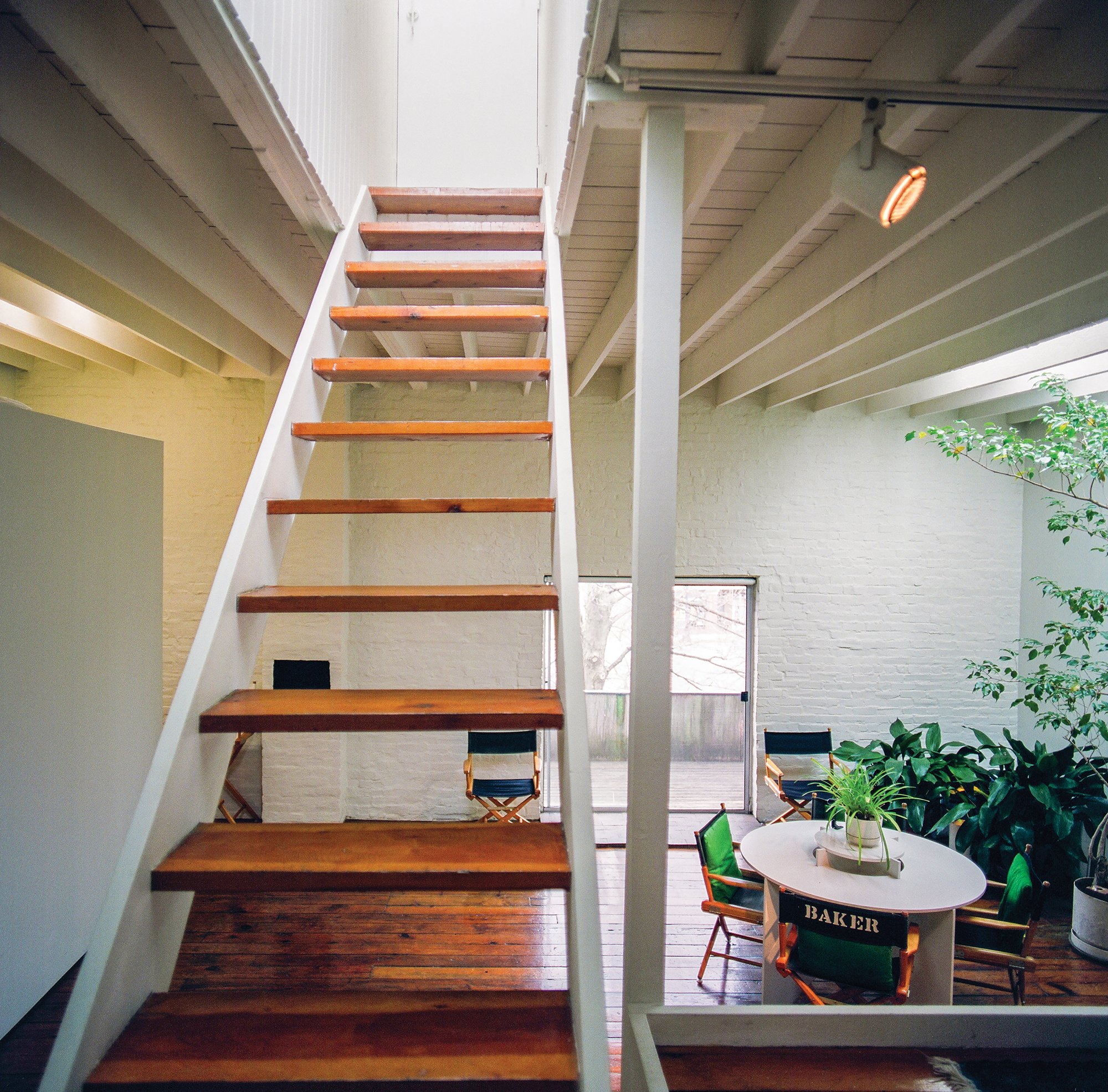
Baker Studio & Residence, Champaign Illinois, 1958-63 (Jack S. Baker, FAIA)

Baker Studio & Residence, Champaign Illinois, 1958-63 (Jack S. Baker, FAIA)

Baker Studio & Residence, Champaign Illinois, 1958-63 (Jack S. Baker, FAIA)
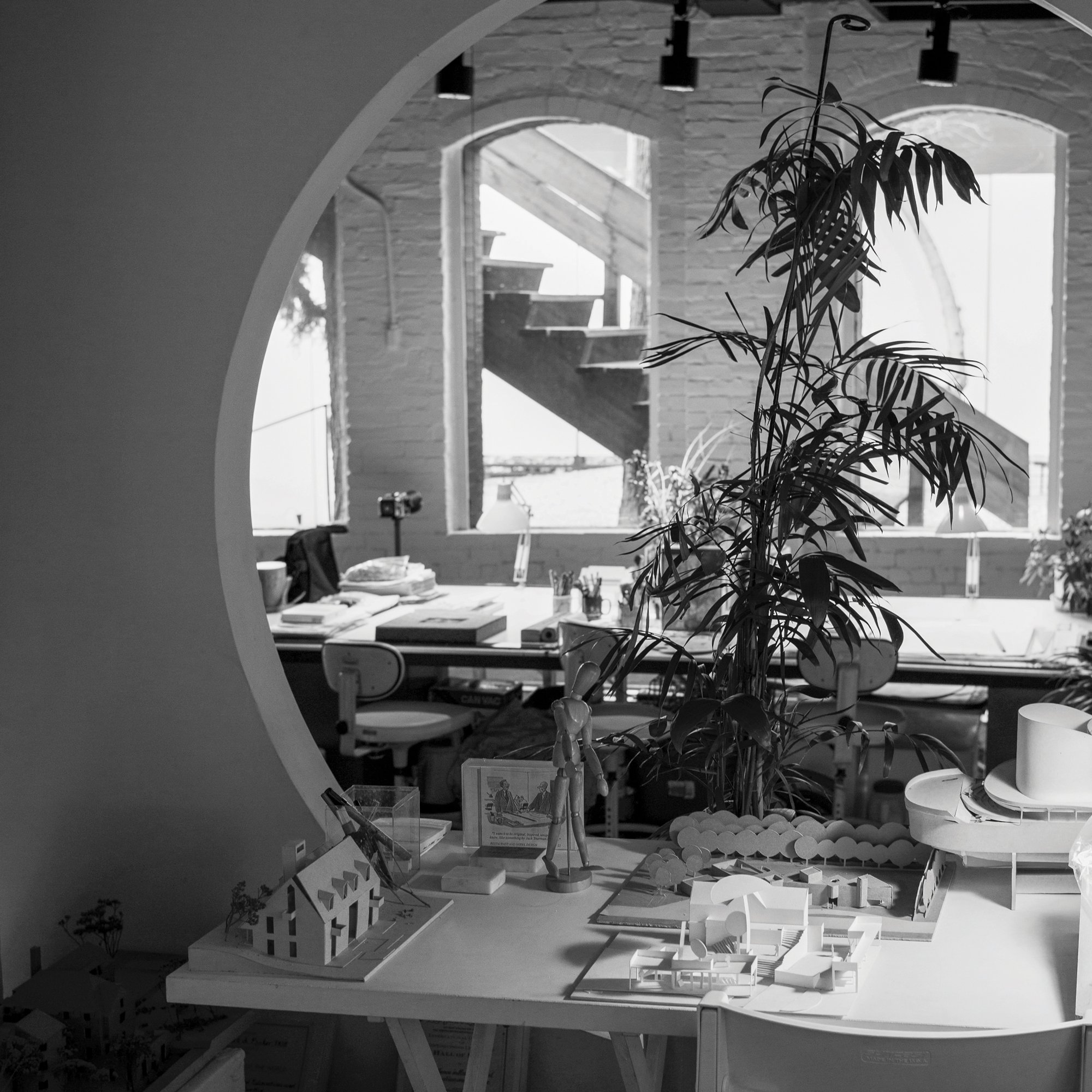
Baker Studio & Residence, Champaign Illinois, 1958-63 (Jack S. Baker, FAIA)

Baker Studio & Residence, Champaign Illinois, 1958-63 (Jack S. Baker, FAIA)
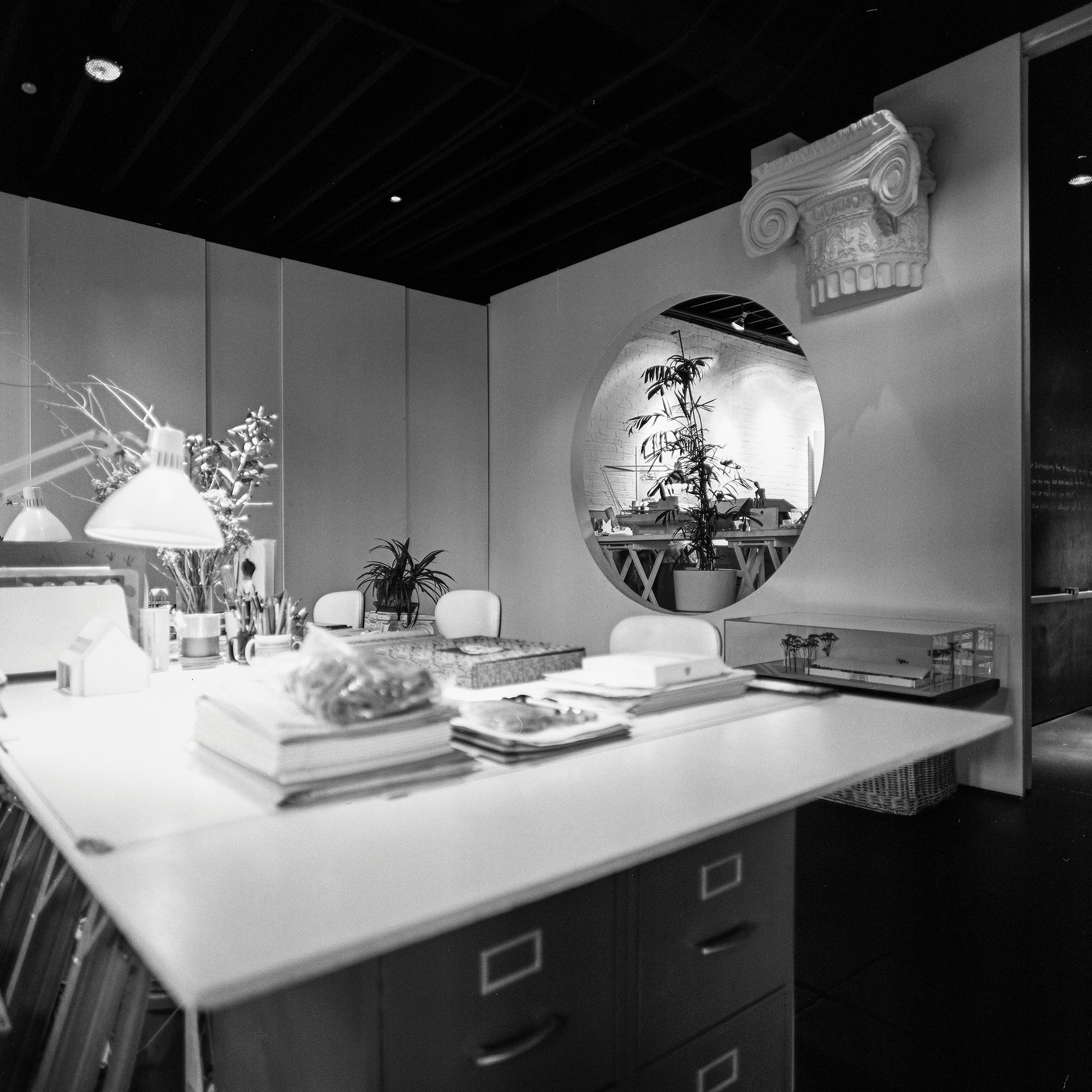
Baker Studio & Residence, Champaign Illinois, 1958-63 (Jack S. Baker, FAIA)

Baker Studio & Residence, Champaign Illinois, 1958-63 (Jack S. Baker, FAIA)
Although the Modern Movement in Europe began in the initial decades of the 20th Century, its full impact in the United States would not be realized until after World War II. That is when American architects began to discard the historical and stylistic constraints of Neo-Classicism for the progressive aspirations of Modernism. The twin forces of the International Style and the Bauhaus gradually replaced the calcified remnants of Beaux Arts Education in architectural programs throughout the U.S. Within this evolving postwar context, Baker, Replinger, Williams, and Amico soon began teaching together at the University of Illinois. Although their teaching methods reflected their individual pedagogic goals, they were collegial faculty members who also collaborated together on early design commissions. Their evolving architectural methodologies emanated from the lessons of both the Prairie School and the Modern Movement and their enduring passions for material elegance, technical perfection, and fine proportions.
Jeffery S. Poss, FAIA

Erlanger House, Urbana, Illinois, 1964 (Jack S. Baker, FAIA)
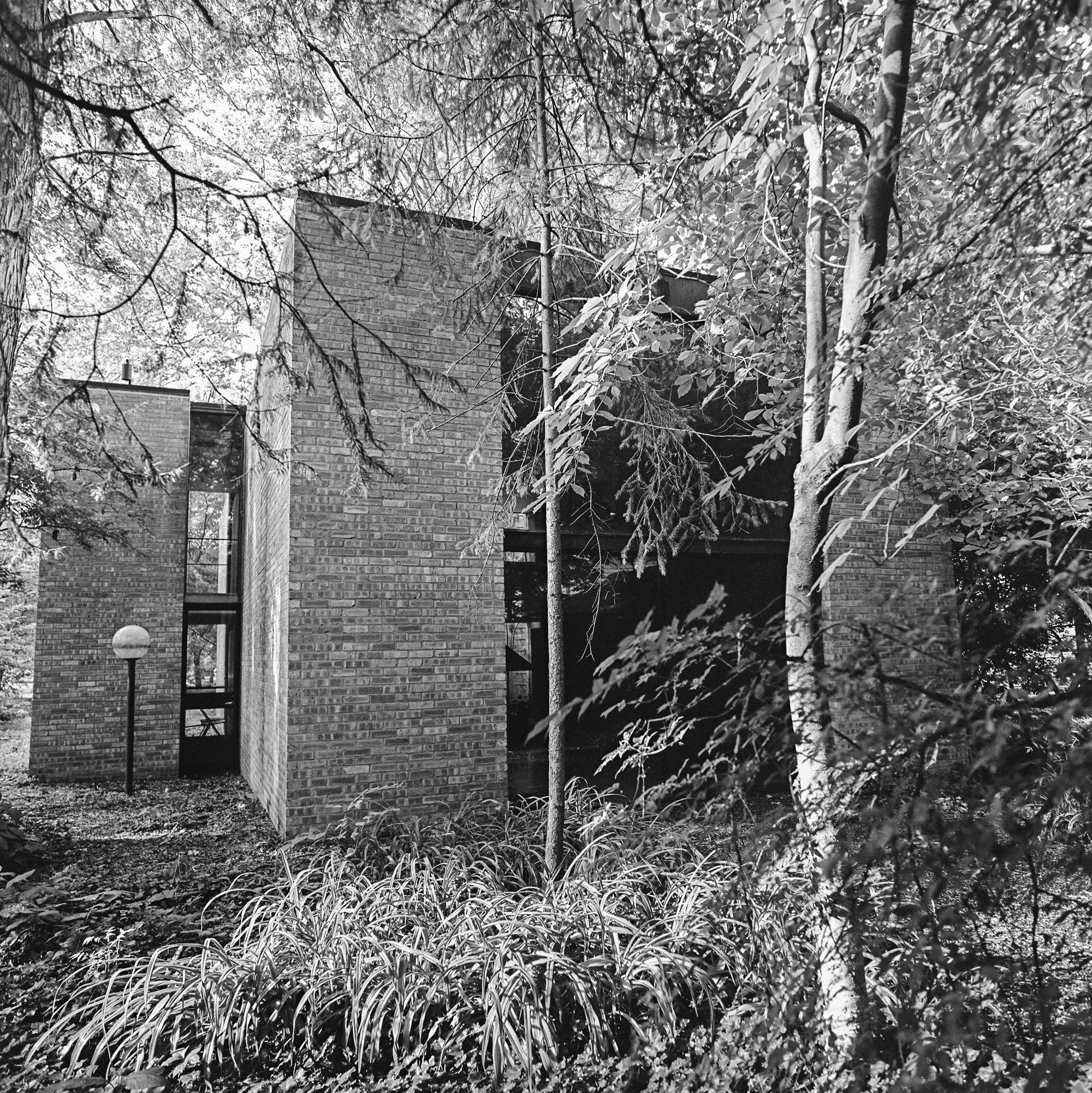
Erlanger House, Urbana, Illinois, 1964 (Jack S. Baker, FAIA)

Erlanger House, Urbana, Illinois, 1964 (Jack S. Baker, FAIA)

Erlanger House, Urbana, Illinois, 1964 (Jack S. Baker, FAIA)

Erlanger House, Urbana, Illinois, 1964 (Jack S. Baker, FAIA)

Erlanger House, Urbana, Illinois, 1964 (Jack S. Baker, FAIA)
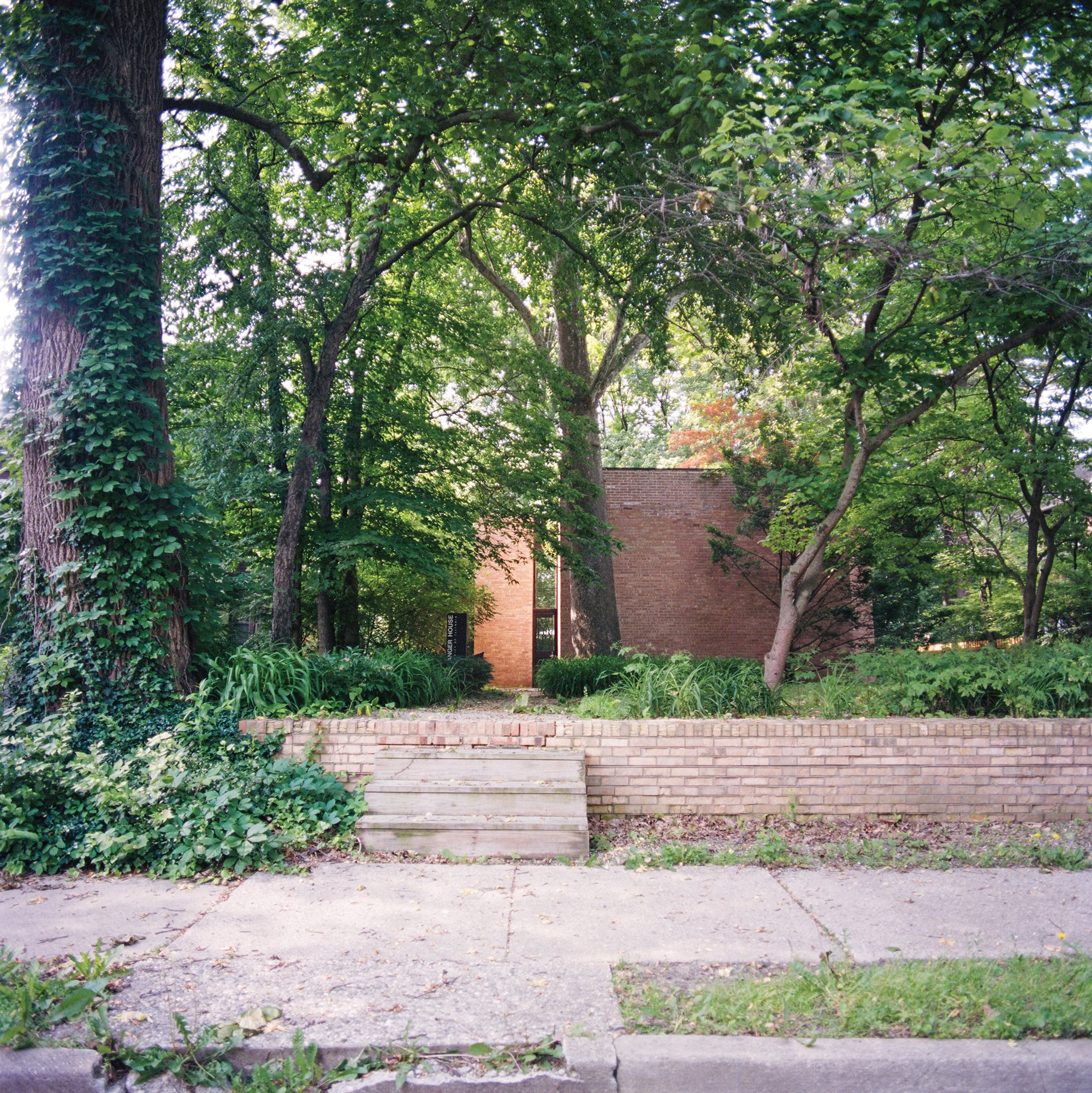
Erlanger House, Urbana, Illinois, 1964 (Jack S. Baker, FAIA)

Erlanger House, Urbana, Illinois, 1964 (Jack S. Baker, FAIA)

Erlanger House, Urbana, Illinois, 1964 (Jack S. Baker, FAIA)
Rather than resisting nature, a discourse with nature is central to the meanings of these buildings. Nature frames from the outside as essential context, and nature is brought inside, framed by windows and openings, taking your eye to different places inside and out. This dialogue with nature is not accidental. Each element reveals something about the scheme of reference of the architect. But this interface also tells us something about the passage of time and the need for protection. It opens a sensitivity to these as objects that need care, not as perfect artifacts, but as living objects and the environments that situate them—decaying, covered in moss, and engulfed by trees.

Replinger Residence, Urbana. Illinois, 1994 (John G. Replinger)

Replinger Residence, Urbana. Illinois, 1994 (John G. Replinger)

Replinger Residence, Urbana. Illinois, 1994 (John G. Replinger)

Replinger Residence, Urbana. Illinois, 1994 (John G. Replinger)

Replinger Residence, Urbana. Illinois, 1994 (John G. Replinger)

Replinger Residence, Urbana. Illinois, 1994 (John G. Replinger)

Replinger Residence, Urbana. Illinois, 1994 (John G. Replinger)

Replinger Residence, Urbana. Illinois, 1994 (John G. Replinger)

Replinger Residence, Urbana. Illinois, 1994 (John G. Replinger)
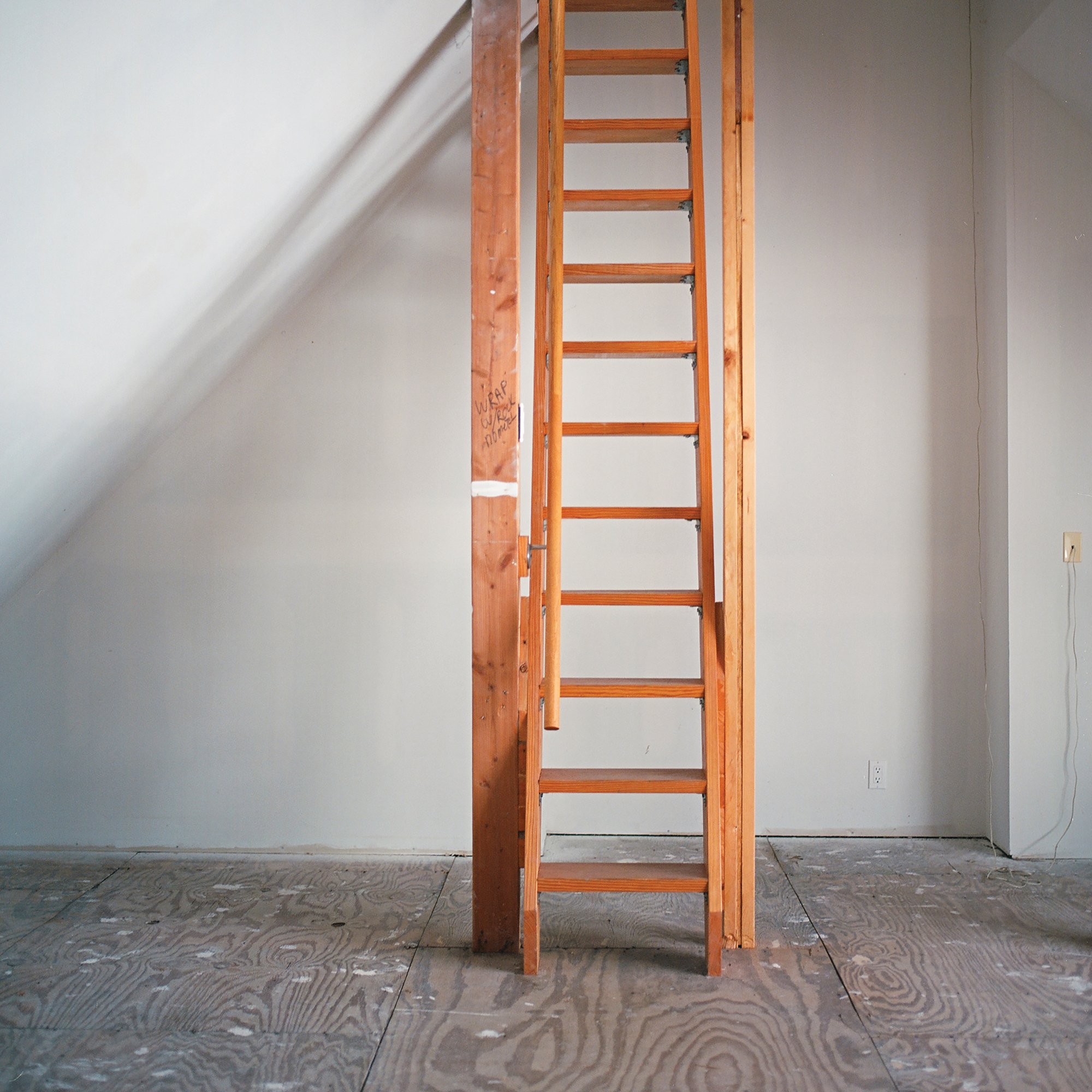
Replinger Residence, Urbana. Illinois, 1994 (John G. Replinger)

Replinger Residence, Urbana. Illinois, 1994 (John G. Replinger)

Replinger Residence, Urbana. Illinois, 1994 (John G. Replinger)

Replinger Residence, Urbana. Illinois, 1994 (John G. Replinger)

Replinger Residence, Urbana. Illinois, 1994 (John G. Replinger)

Replinger Residence, Urbana. Illinois, 1994 (John G. Replinger)

Replinger Residence, Urbana. Illinois, 1994 (John G. Replinger)

Replinger Residence, Urbana. Illinois, 1994 (John G. Replinger)
Documenting lived-in buildings, the photographer delves into intimate spaces, encountering personal belongings and human narratives. In public spaces, the eye and the lens move through well-worn sites, each telling its specialized story of human community. Faithful to modernist principles, these buildings provide the function for personal form. Individuality, creativity, and connection are not displaced. Rather, they find a comfortable home.
The buildings pictured in this book are neither static nor sterile artifacts. They are embodiments of past and future lives: renovations waiting to come, repairs on a punch list. Memories reflect off the walls. We come face-to-face with those who built these structures, those who knew and loved these architectural visionaries, their lives now passed, and those who felt it their duty to ensure the legacy of these people and their buildings survived. It is impossible not to be drawn to tell the stories of people, their artifacts, and the lives that animate these architectural forms.
While I have sought to connect and honor these buildings within the long history of architectural forms, these places offer insights into the powerful subtlety of the vernacular. Here, we encounter the translation and transposition of universal ideas in local contexts.
The project becomes more than stories of a set of singular buildings or a canon of architectural style; it is a meeting place for communities of ideas and social practice: architects in architecture schools, builders and materials, and owners within communities. Here, the story of these artifacts is interwoven with the fabric of Midwestern ideals, infused with a sense of place and belonging.
Events





